- Home
- Airtightness
- Vapour Barrier Or Vapour Control Layer?
Vapour Barrier Or Vapour Control Layer?
I get asked "should you use a vapour barrier or a vapour control layer?" a lot, and truth be told there's a lot of confusion over what they both are and what the differences between them are.
The biggest issue, as I see it, is there are lots of different terms for products that stop or reduce the flow of water vapour through the various parts of the structure of your home.
So it's not surprising that people get confused. So I’m going to try to explain what the difference between a vapour barrier and a vapour control layer and I’ll try to make the explanation as simple as possible.
So What is a Vapour Control Layer?
As the name suggests a vapour control layer, or VCL, controls the amount of water vapour that can pass through it. But people use the term VCL to describe everything from vapour barriers which prevent any vapour getting through (in theory) also referred to as vapour stops or vapour checks right through to airtightness layers and so on.
Below are the main types of control layer you’re likely to come across:
- Vapour Barrier (or Vapour Check) - typically a sheet of Polythene and this is the traditional type of layer used, but they’re not a good idea in most situations (more on that later).
- Vapour Control Layer (or Vapour Retarder) - these are permeable and are designed to allow a small amount of water vapour through from either direction (i.e from the room side and the structure side, again, I’ll explain more a bit further down the page).
- Intelligent VCL - these are the latest VCL’s and they open and close their pores depending on the weather conditions and temperature to provide the best option.when using natural insulation materials.
Why Do we Need a Vapour Control Layer)?
The biggest risk to your property is damp and one of the most common forms of damp today is condensation. This forms when the water vapour within your home comes into contact with a surface which has a temperature that is below dew point.
You’ll be familiar with seeing condensation on glass surfaces such as windows and bathroom mirrors, but it also occurs on surfaces like walls, ceilings and even within the wall and ceiling structures.
When water vapour passes through the structure (and it will get through most materials) it travels from the warm side of the structure to the cold side and as this happens the temperature gradually drops.
For example, your internal room temperature may be 20ºC. and the temperature on the outside may be 6ºC. So as you go through the structure the temperature will gradually drop from 20ºC to 6ºC.
If (depending on the air pressure and relative humidity etc.) the dew point on that particular day is 11ºC. Then when the water vapour gets to the point within the structure that is at 11ºC, then that is where the condensation will form and this is called interstitial condensation.
This condensation can lead to:
- rot of timbers such as floor joists and roof timbers.
- mould which is dangerous to the occupants of the property.
- reduced efficiency of your insulation material (assuming you have used a manmade insulation such as fibreglass or mineral fibre wool. Most natural insulation materials can easily absorb and release moisture without affecting their performance).
So what can you do to prevent this and allow your insulation to perform at its optimum level?
You need to install a vapour control layer on the warm side of the insulation (in the Uk this is the inside) and this will manage the movement of water vapour through the structure.
This is where things have typically got confusing, as people throw about the term VCL but then but a vapour barrier, thinking it is the same thing.
Some of the terms used under the banner of VCL include, but are not restricted to; vapour check, vapour permeable membrane, vapour retarder, vapour barrier, vapour diffusion retarder, variable diffusion membrane etc.
The Traditional Method of Dealing with Condensation:
Typically we have relied on ventilation to take away water vapour, but air passing over the insulation has been shown to draw heat out of it and this reduces the efficiency of the insulation material and this is called “wind wash”.
Can I Reduce the water Vapour Within My Home?
You can certainly reduce it but you won’t be able to stop it. We all produce water vapour when we wash ourselves and our clothes, cook, breathe and dry clothes on radiators etc..
There is also always water vapour within the air. So we need to be able to reduce where possible and then manage the remaining water vapour inside our homes. We also need to control the moisture within the structure of our homes such as moisture from the construction process as the building dries out.
Additional Terms The WIll be Useful:
- Airtightness Layer - this stops the movement of air and some can also act as a vapour control layer.
- Breather Membrane- this a membrane with a vapour resistance less than 0.6 MNs/g. They are typically installed on the cold side of the insulation and acts as a weather-proof layer whilst still allowing water vapour to be passed to the outside and reduces the effect of wind wash.
The Traditional Vapour Barrier Method:
Traditionally we would have used a Polythene sheet on the warm side of the insulation in timber frame structures and the theory was that it would stop the water vapour getting to the insulation and/or timbers. But these need to be really well installed to prevent any tears, cut’s, nicks or scratches and the joints all need to be perfectly taped and this rarely happens rendering the vapour barrier ineffective.
We also now know that water vapour can move from the outside towards the inside in the summer and the temperature graph in the table above is reversed. So when the water vapour is moving from the outside towards the inside it is trapped by the Polythene sheet and this traps the moisture within the wall where it can cause rot, damp and mould etc.
So should you use Polythene sheets as a VCL?
There are a few very specific uses that would require the use of a Polythene sheet but in most instances absolutely not.
How Should it Be Done:
The secret is to reduce the amount of water vapour that can get through the VCL but not stop it completely. That way a very small amount of water vapour can pass both ways through the VCL depending on the weather conditions as this will avoid trapping moisture within the structure. This is also the reason why I prefer to use natural insulation materials such as wood fibre as they easily absorb and release moisture without affecting their thermal performance. Whereas manmade insulants such as mineral wool or fibreglass wool do not readily absorb or release moisture.
That brings me on to the latest and I think best type of VCL which is an intelligent VCL. I’ve already discussed the fact that in the winter when the water vapour is diffusing towards the outside of the structure the holes in an intelligent vapour control layer are very small to let only a very small amount of vapour through. Then in the summer when the water vapour is diffusing towards the inside of the property, the structure of the intelligent VCL opens allowing a lot of vapour (up to 40 times more) through which allows the structure to stay dry.
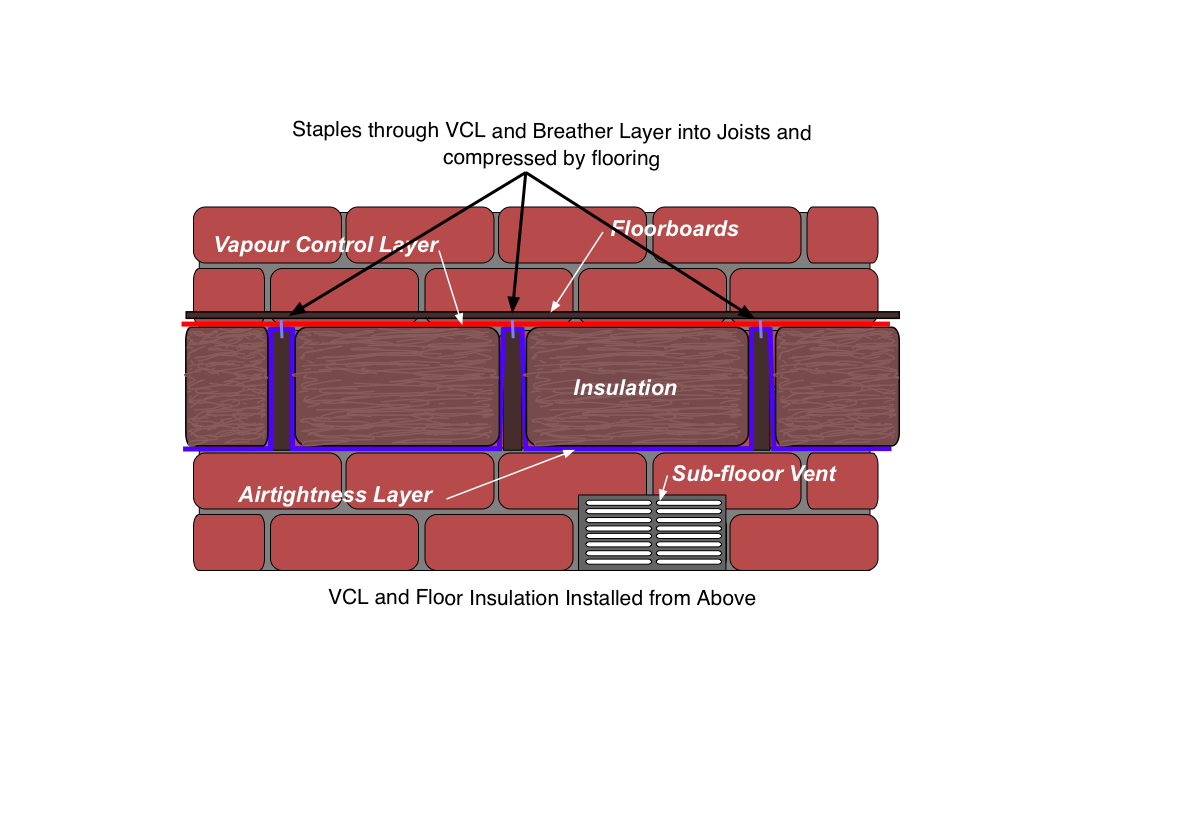 Correct Use of a VCL in a suspended timber floor
Correct Use of a VCL in a suspended timber floorAre membranes the only way of achieving a VCL?
There are other ways of achieving a vapour controller such as:
- OSB (orientated Strand Board) - but these vary in their permeability and airtightness so would need to be checked.
- Plasters - vapour control plasters installed with reinforcing mesh to avoid cracking.
So, in conclusion VCL’s should ALWAYS be used when you are installing insulation in your home, but not normally a vapour barrier. Otherwise you increase the risk of damp, mould, structural damage and a reduction in the efficiency of your insulation material.
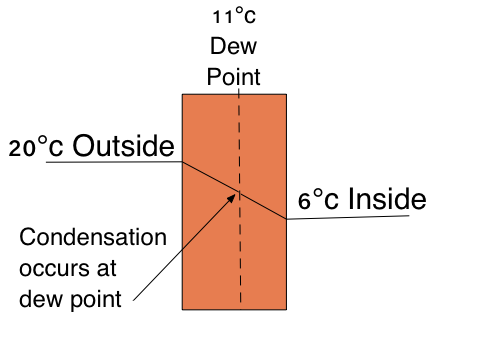
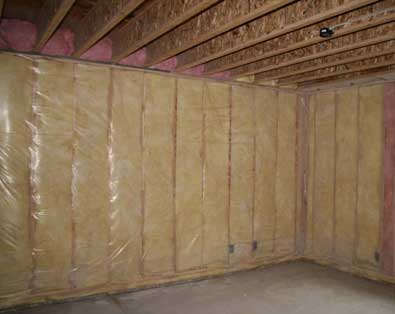
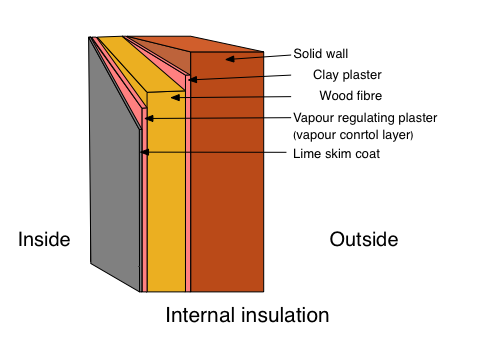
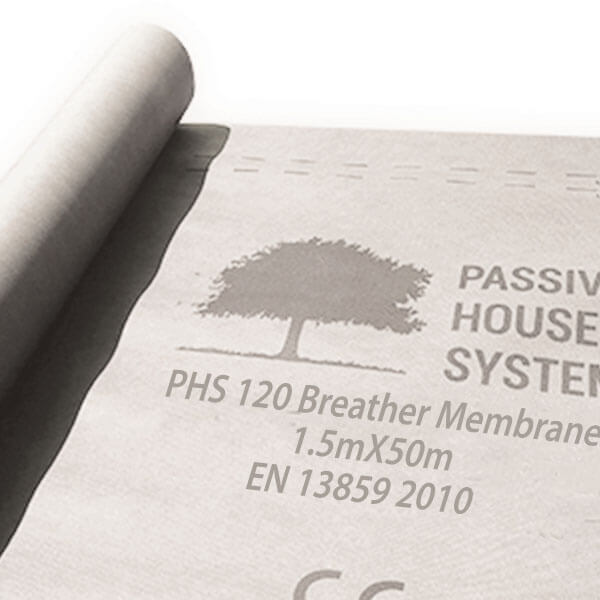
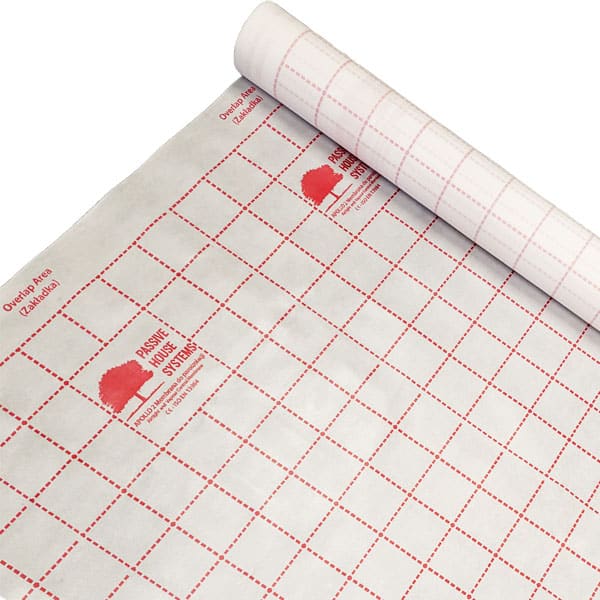







New! Comments
Have your say about what you just read! Leave me a comment in the box below.